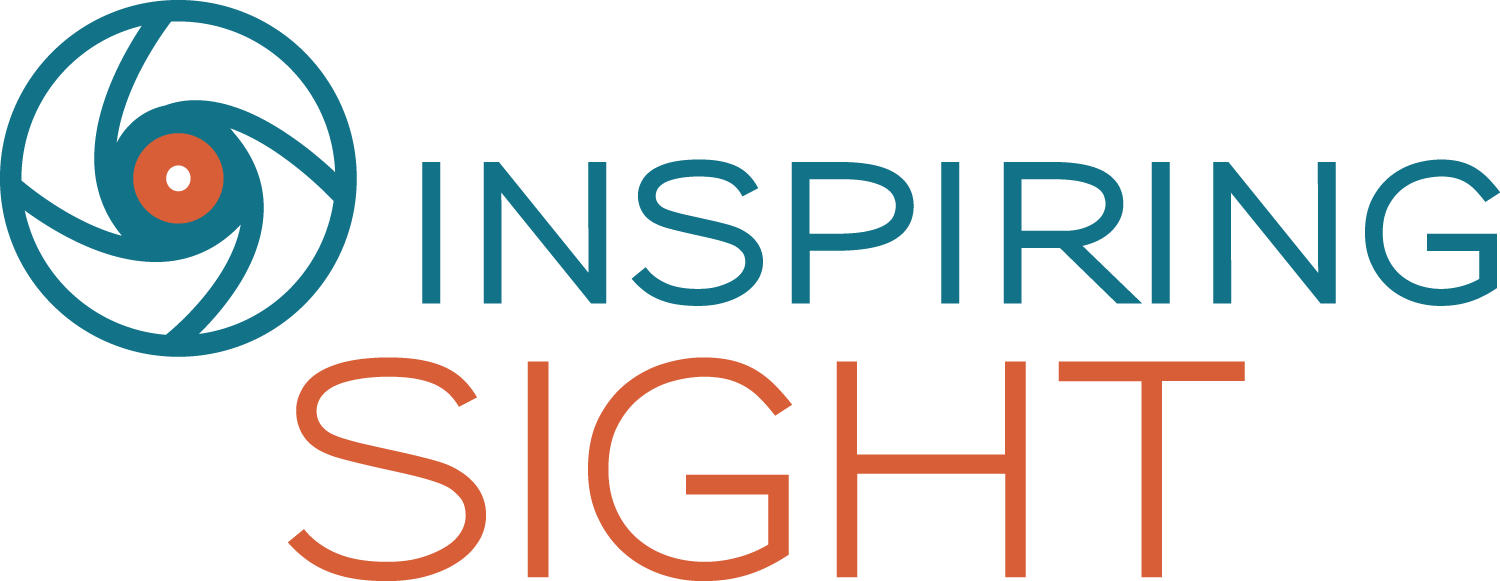Upstream Thinking: By Asking the Question, We Change the Future
If you had to estimate how much time your organization spends on putting out fires, vs. preventing them, how much would you estimate? More than 50%...less? Unless your organization’s role is to fight fires or respond to emergencies, that number should be low. What if you could increase your capacity for prevention by identifying problems before they happened? It is possible with a process called upstream thinking.
What is Upstream Thinking?
An upstream thinking approach considers impacts, unintended consequences, and barriers that ripple through the systems an organization and their stakeholders interact with. Upstream thinking challenges the status quo through a series of powerful planning questions and other processes and serve as springboards for uncovering gaps in information, data, and participation. But that’s not all. Upstream thinking also aids in the examination of data for learning vs. compliance. An important distinction for understanding if an organizations’ goals are actually moving them toward their mission and vision.
The process of upstream thinking breaks into three buckets:
Data & Insight
Planning & Opportunities
Measurements & Feedback Loops
So what does upstream thinking look like in action and how do we know it makes a difference? You may recognize a prominent fictional bear called “Smokey”. It may even conjure up warm feelings from childhood. The “Smokey Bear” fire prevention campaign provides us with a good example of what can happen when short-term solutions (downstream thinking) are applied to long-term & systemic problems.
You are likely familiar with Smokey Bear’s infamous phrase, “Only YOU Can Prevent Forest Fires.” In case you are not, Smokey is a fictional bear created in 1944 by the U.S. Forest Service and Ad Council, for the sole purpose of engaging the public in preventing forest fires. Critics argue, the original Smokey message fostered the idea that all fires are bad and preventable. Richard Minnich, at Professor University of California at Riverside said in 2016, the Smokey Bear campaign completely ignored fire as a natural occurrence.
In a 2007 paper titled, “Be careful what you wish for: the legacy of Smokey Bear,” two USDA Forest Service researchers attribute the long-standing policy of aggressive wildfire suppression as contributing to a decline in forest health, and an increase in some forest fuel loads which resulted in wildfires that are more difficult and expensive to control. The upstream thinking process would likely have identified these or other unintended consequences. Examining fire prevention from a systemic perspective invites a more nuanced approach to the campaign, potentially saving millions of dollars in fire fighting efforts, lives, and the chance at prolonging forest health.
Like many other large public health and engagement campaigns, the Smokey Bear campaign was grown out of good intentions. It is likely little thought was given to what might occur upstream if the campaign were successful. In upstream thinking one always asks, what will happen if we are successful? How will we know we succeeded, how will we know we didn’t? These are just a few of the questions the upstream thinking process walks your planning team through. Nearly 70 years later, the USDA Forest Service now promotes preventing wildfires, not all forest fires. A small tweak in wording with big, long term and systemic impact.
In his 2020 book, Upstream Thinking, Dan Heath articulates key components of upstream thinking and demonstrates its impact through a series of case study examples where upstream thinking contributed to system change.
If you are interested in incorporating upstream thinking into your organization’s processes, get in touch with me at marykay@inspiringsight.com

